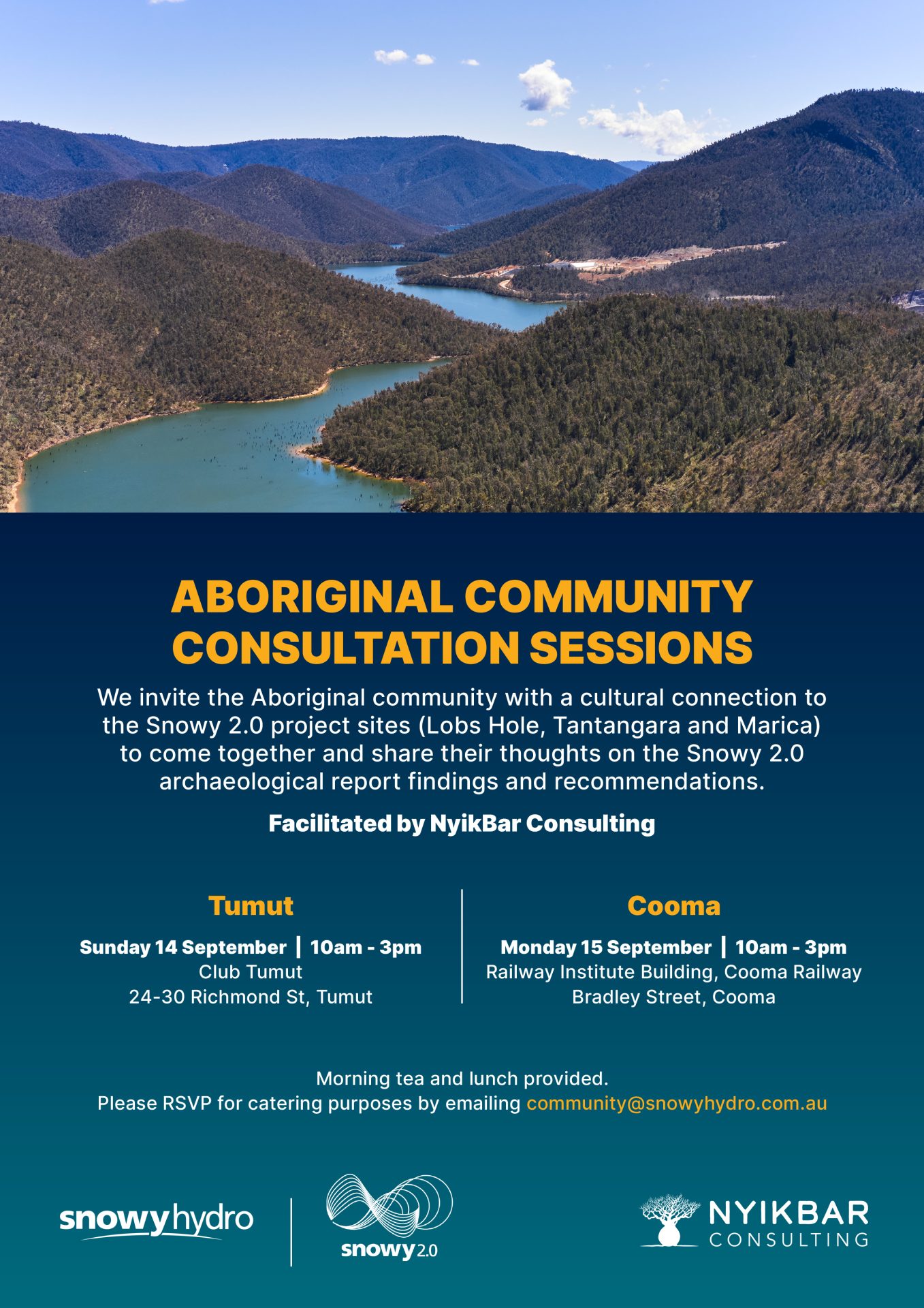An extensive archaeological technical study carried out across Snowy 2.0 project sites has deepened our understanding of Aboriginal and European occupation in the Snowy Mountains.
Excavation carried out by NSW Archaeology principal archaeologist Julie Dibden found more than 35,000 indigenous stone artefacts across 782sqm at Lobs Hole, Tantangara and Marica work fronts.
The report has found "Aboriginal occupation was not only intense and widespread, but systematic and strategic".
"The mountains provided people with a resource rich landscape with a mosaic of different environments, each with an abundance and diversity of fauna and plants for food and other material needs," the report read.
"In addition, the woodlands and forests provided wood for fire … suitable stone for satisfying material and technological need (was) also plentiful."
The majority of the artefacts found were:
- flakes and flake fragments
- hammer stones
- anvils
- mortar stones.
The findings indicate the Lobs Hole valley, with plentiful nearby resources, was used as a repeated base camp for family groups and large gatherings.
Stone shaping – known as knapping – and vegetable handling also occurred.
Hammer stones were found in the valley, demonstrating certain heavy tools were left in place for later use rather than being carried around the steep terrain.
The distribution of artefacts in the Tantangara area shows there were repeated visits by families and small groups over an extended period of time, reflective of its harsher climate.
Community consultation sessions
The report has made a number of recommendations that will be shared at two Aboriginal community consultation sessions in Tumut and Cooma for further discussion.
All Aboriginal community members with a cultural connection to the Snowy 2.0 project sites (Lobs Hole, Tantangara and Marcia) are invited to attend.
View the report's recommendations here .







